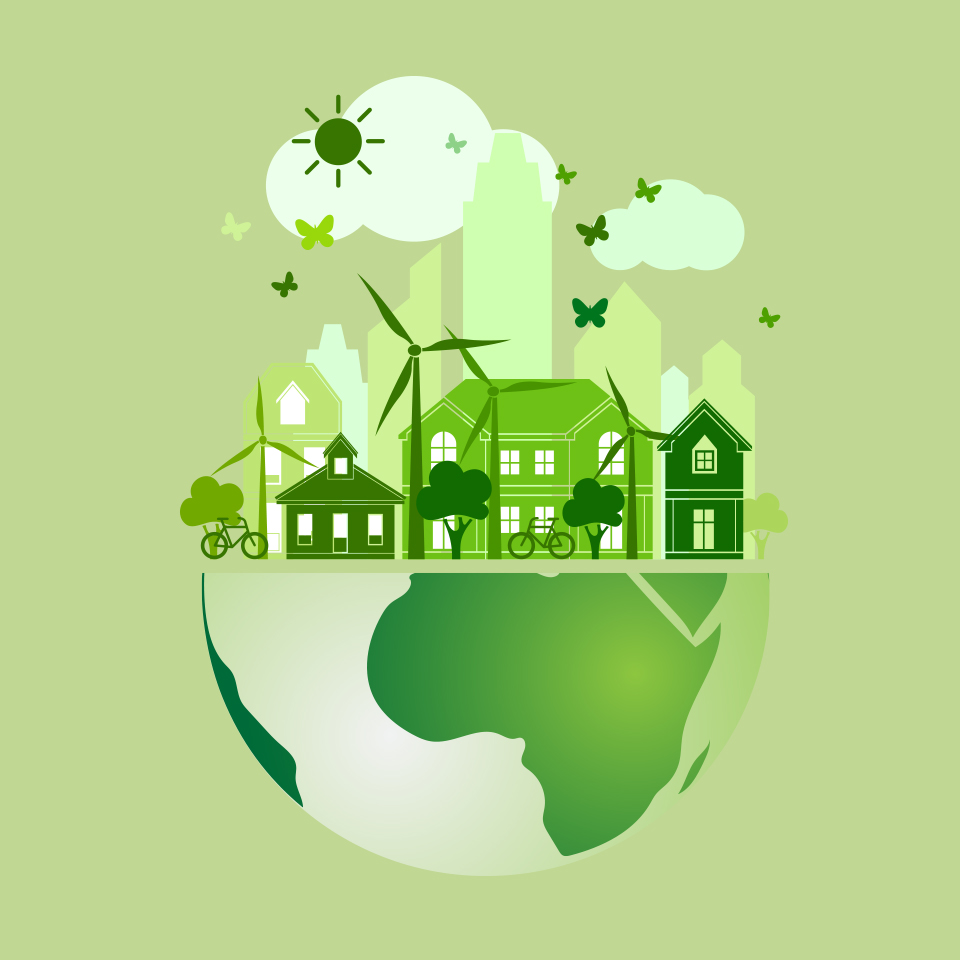The development of commercial real estate is a primary factor in the expansion of metropolitan areas and the attainment of economic prosperity. Nevertheless, it is of the utmost importance to strike a balance between this growth and environmental and social responsibility as cities continue to grow and the need for commercial space continues to rise.
Within the scope of this essay, we will investigate the difficulties and prospects associated with the development of commercial real estate, with a particular emphasis on methods that encourage sustainable development, community involvement, and responsible expansion.
1. Sustainable Design and Construction Practices

“To reduce the impact that commercial real estate developments have on the surrounding environment, sustainable design and construction procedures are necessary. The incorporation of green building practices, such as energy-efficient design, renewable energy sources, and sustainable materials, is included in this.
Developers can lessen the impact their projects have on the environment, reduce the amount of energy they use, and lower their running costs if they give sustainability a higher priority from the beginning of the design process.” – Shannon Coventry, Car Leasing Expert at First Vehicle Leasing
2. Community Engagement and Stakeholder Involvement
“Participation from the community is essential to guarantee that improvements in commercial real estate are to the requirements and goals of the people who live in the area. To solicit feedback, address issues, and incorporate community goals into the planning and design process, developers should actively interact with community stakeholders.
These stakeholders include residents, companies, and advocacy groups. Developers can build trust, promote inclusivity, and make advancements that are beneficial to the entire community if they encourage open communication and create opportunities for collaboration.” – Michael McCarty, Chief Safety Officer at Edge Fall Protection
3. Mixed-Use Development and Smart Growth Principles
“To reduce sprawl and encourage environmentally responsible modes of transportation, mixed-use development, and smart growth principles advocate the establishment of communities that are compact and walkable.
Developers can construct lively, interconnected neighborhoods that improve the quality of life for residents while simultaneously lowering the reliance on automobiles and the amount of carbon emissions that are produced by commercial, residential, and recreational spaces that are all included inside a single development.
The implementation of this strategy helps to cultivate a feeling of community and provides support to local companies, adding to the social and economic viability of the region.” – Arman Minas, Director at Armstone
4. Environmental Stewardship and Biodiversity Conservation
“The construction of commercial real estate developments has the potential to affect natural ecosystems and the habitats of wildlife. Developers must emphasize environmental stewardship and biodiversity protection to reduce the severity of these adverse consequences.
This may involve the preservation of green spaces, the incorporation of native landscaping, and the use of sustainable measures for stormwater management. Creating communities that are healthier and more resilient for both humans and wildlife can be accomplished by developers through the protection of natural resources and the enhancement of biodiversity.” – Tiffany Payne, Marketing Manager at iFlooded Restoration
5. Social Equity and Economic Opportunity
“Those who are involved in the development of commercial real estate should make social justice and economic opportunity their top priorities to guarantee that the benefits are spread fairly among all parts of society. This includes the promotion of affordable housing, the support of local enterprises, and the encouragement of programs that facilitate the creation of jobs and the development of workforces.
Developers can generate opportunities for underrepresented groups and contribute to the overall prosperity and well-being of the community if they make inclusion and diversity in recruiting processes a priority in their hiring practices.” – Cameron Holland, Marketing Director at GB Foam
Conclusion:
When it comes to the sustainable development of commercial real estate, it is vital to strike a balance between business expansion and social and environmental responsibility.
The incorporation of sustainable design and construction practices, the adoption of mixed-use development and smart growth principles, the engagement of the community and stakeholders, the prioritization of environmental stewardship, and the promotion of social equity and economic opportunity are all ways in which developers can create developments that not only contribute to the enhancement of property value and profitability, but also to the long-term health, resilience, and vibrancy of the communities that they serve.
When we work together and commit to responsible development methods, we can create a future that is brighter and more sustainable for future generations.

